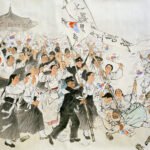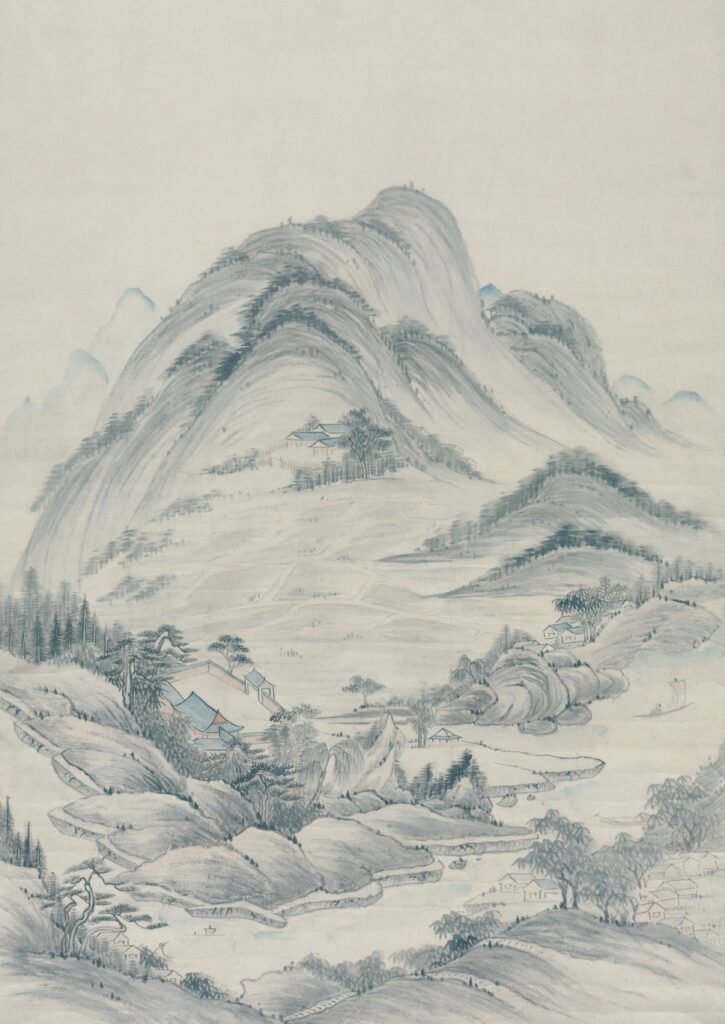South Korea’s Shinsegae International Co. launched a brand called Harley-Davidson Collections on Friday, blending Harley-Davidson’s motorcycle culture with fashion as part of a new licensing business.
The South Korean fashion and beauty company has reinterpreted Harley-Davidson’s 120-year-old legacy, creating a brand aimed at consumers in their 20s and 30s.
The company aims to establish a market presence through various distribution networks.
Shinsegae International has opened official brand shops for Harley-Davidson Collections on its digital platform, S.I.VILLAGE, and online fashion retailer, Musinsa, offering over 60 products, including the Core Line and the modern New Line.
The Core Line focuses on outerwear such as leather biker jackets and military bomber jackets, with the MA-1 vintage jacket—a modern take on a military aviation jacket—serving as this season’s flagship product.
The New Line emphasizes sleek designs featuring logos, symbols, and bold lettering, with key items such as long-sleeve logo T-shirts and graphic shirts.
Shinsegae International is also expanding its offline presence.
It plans to open a pop-up store in Seongsu-dong next month, followed by additional locations in major shopping malls and department stores later this year.
The company said it may expand into key Asian markets and other regions with a strong interest in K-fashion as part of its global strategy.
By Hun-Hyoung Ha
hhh@hankyung.com











